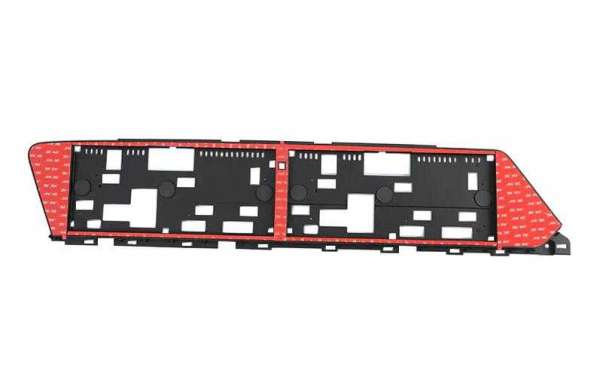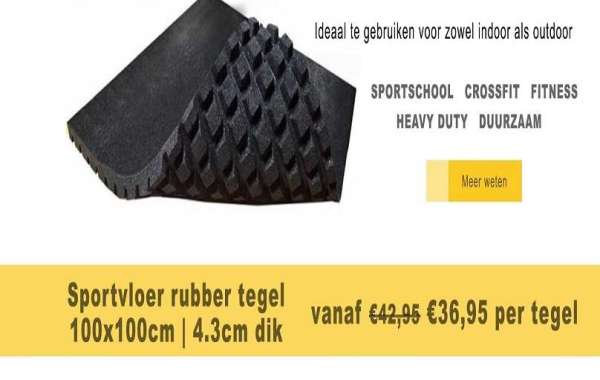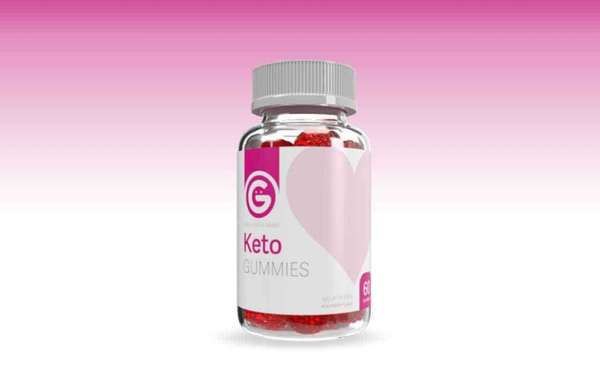Automotive instrumentation structural parts methods and advantages
Injection molding is a method of producing shapes for industrial products. Products usually use rubber injection molding and plastic injection molding. Injection molding can also be divided into injection molding compression method and die-casting method. Injection molding machine (abbreviated as injection machine or injection molding machine) is the main molding equipment that uses plastic molding molds to make various shapes of plastic products from thermoplastics or thermosets. Injection molding is achieved through injection molding machines and molds.
1. Rubber injection molding: Rubber injection molding is a production method in which rubber is injected directly from the barrel into the model to vulcanize. The advantages of rubber injection molding are: although it is an intermittent operation, the molding cycle is short, the production efficiency is high, the blank preparation process is eliminated, the labor intensity is small, and the product quality is excellent.
2. Plastic injection: Plastic injection is a method of plastic products. The molten plastic is injected into the plastic product mold by pressure, and then cooled and molded to obtain various plastic parts. There are mechanical injection molding machines dedicated to injection molding. The most commonly used plastic is polystyrene.
The shape obtained is often the finished product, and no other processing is required before installation or use as the final product. Many details, such as protrusions, ribs, and threads, can be formed in one step of injection molding.
One, the advantage of using plastics as automotive materials is to reduce the weight of the car body. Lightweight is the goal pursued by the automotive industry, and plastics can show their power in this respect. The specific gravity of general plastics is 0.9~1.5, and the specific gravity of fiber-reinforced composite materials does not exceed 2. Among metal materials, the specific gravity of A3 steel is 7.6, brass is 8.4, and aluminum is 2.7. This makes plastic a material for lightweight cars.
Second, plastic molding is easy, making it very convenient to process parts with complex shapes. For example, when the instrument panel is processed with steel plates, it is often necessary to first process and shape various parts, and then assemble or weld them with connectors, which requires many procedures. The use of plastic can be molded at one time, the processing time is short, and the accuracy is guaranteed.
Third, the elastic deformation characteristics of plastic products absorb a large amount of collision energy, have a greater buffering effect on strong impacts, and protect vehicles and passengers. Therefore, plastic instrument panels and steering wheels are used in modern cars to enhance the cushioning effect. The front and rear bumpers and body trim are made of plastic materials to reduce the impact of objects outside the car on the sound of the car. In addition, plastic also has the effect of absorbing and damping vibration and noise, which can improve rideability.
Fourth, the plastic has strong corrosion resistance, and it will not corrode if damaged locally. However, once the paint surface is damaged or the anti-corrosion is not done well in the steel production, it is easy to rust and corrode. The corrosion resistance of plastics to acids, alkalis, and salts is greater than that of steel plates. If plastics are used as body coverings, they are very suitable for use in areas with greater pollution.
Five, plastics can be made into plastics with required properties by adding different fillers, plasticizers and hardeners according to the composition of the plastics, and the mechanical strength and processing and molding properties of the materials can be changed to meet the requirements of different parts on the car. For example, the bumper must have considerable mechanical strength, while the cushion and backrest must be made of soft polyurethane foam. What's more convenient is that the color of plastic can jump out of different colors through additives, saving the trouble of painting. Some plastic parts can also be electroplated. For example, ABS plastic has good electroplating performance and can be used to make decorative strips, signs, switch knobs, wheel decoration covers, etc.
High-performance plastics are getting more and more applications in automobiles. The use of plastics can help reduce the weight of cars. For every 10% reduction in car weight, fuel economy can be improved by 5%. Car manufacturers can also reduce costs by adapting plastics to replace traditional steel materials. Plastics can increase the flexibility of car manufacturers' designs. The successful application of plastics in automobiles has further reduced the cost of automobiles. A simple injection-molded plastic part can perform the function of welding many metal parts together. Plastics can be molded into more complex shapes than steel assemblies, which can reduce The number of components used in the integration process. Injection molded plastic parts also have an aesthetic effect, which is difficult to achieve with traditional materials such as steel and glass. For example, glass headlight lenses are replaced with polycarbonate materials.
Environmental power is pushing Automotive LCD manufacturers to adopt plastic-based automotive glazes. In the evaluation projects of many automobile manufacturers, fuel consumption and carbon dioxide emissions are the key factors considered. Application development information shows that the environmental benefits of replacing glass with polycarbonate (PC) include weight, safety, and design. One kilogram of PC glaze can replace 2.2 kilograms of glass. For a service life of 150,000 kilometers (based on the average consumption of cars in the United States), it can save 200 to 300 megajoules of capacity and reduce 14 to 22 kilograms of carbon dioxide emissions.








